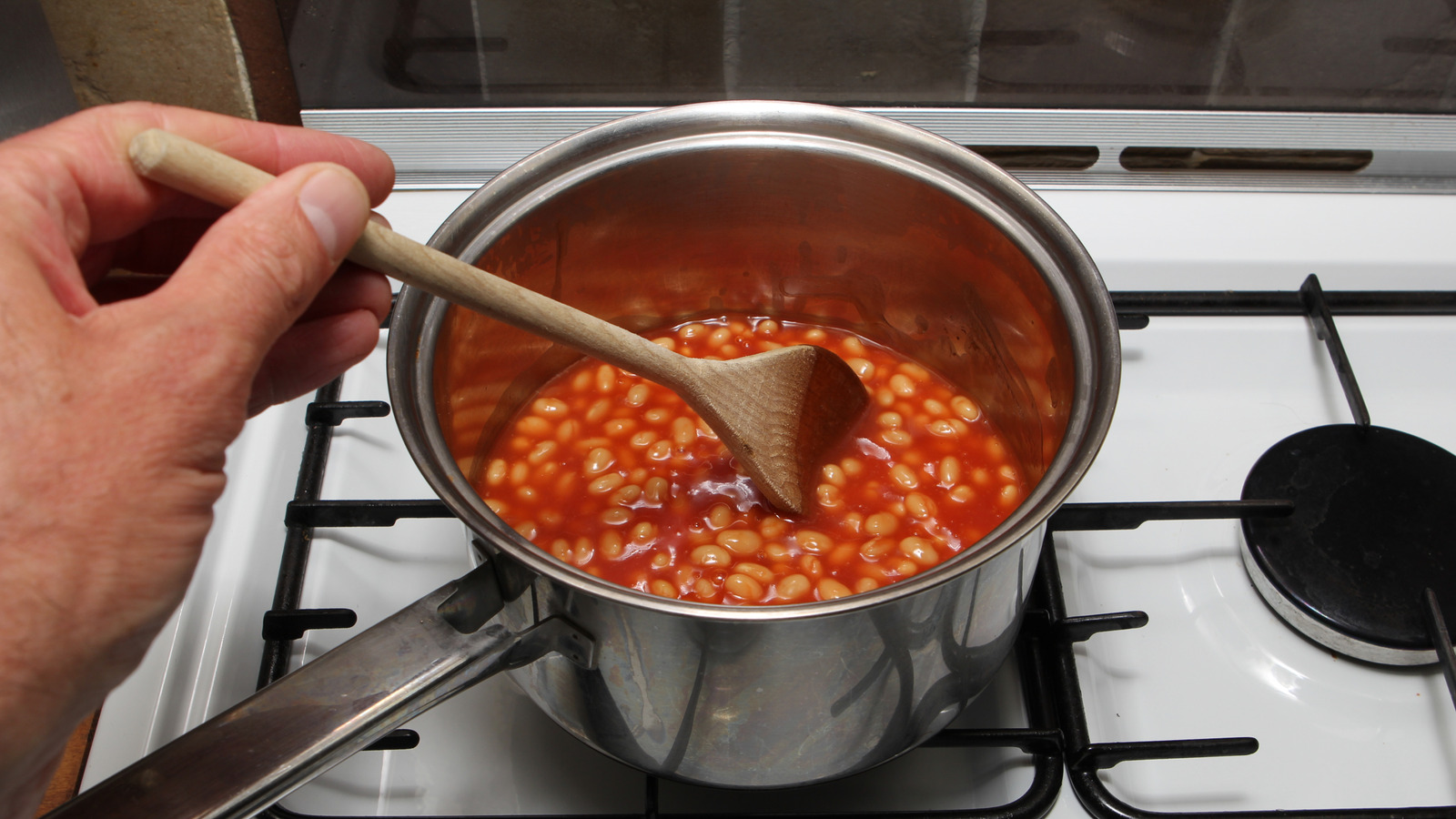
"A pot of precisely cooked beans is the chef's equivalent of a pot of gold at the end of the rainbow. These little legumes are deceptively temperamental to boil, often cooking unevenly. If you haven't been taste-testing from different parts of the pot, now is the time to start as neglecting this step could be sabotaging otherwise perfect results. There are two factors to blame for unevenly cooked beans: poor heat distribution in pots and inconsistencies in the beans themselves."
"Because of this, it's important to taste-test multiple beans to avoid accidentally giving a pot the green flag based on an anomaly. Similarly, the effectiveness of the vessel's heat distribution can also create misleading discrepancies in cooking times, especially with culprits like poor-quality materials at play. Widening your sample of beans improves the accuracy of your judgment."
"You might have to kiss a few frogs, or more aptly, taste a few beans - think: three or four, not one - before determining whether the legumes are done. Still, the extra effort is worthwhile as it's better to find undercooked beans while the pot's still bubbling as opposed to after you've switched off the hob."
Beans are temperamental and often cook unevenly, so taste-testing multiple legumes from different parts of the pot is essential to confirm doneness. Uneven cooking arises from poor heat distribution in cookware and inconsistencies in the beans themselves, including variety and freshness. Individual beans can behave as rogue slow-cookers within a batch, misleading single-sample checks. Sampling three or four beans from separate areas reduces the risk of missing undercooked members while the pot is still bubbling. Using cookware with even heat transfer, such as well-seasoned cast iron or intact nonstick, minimizes hot spots; stainless steel can heat rapidly and create discrepancies.
Read at Tasting Table
Unable to calculate read time
Collection
[
|
...
]